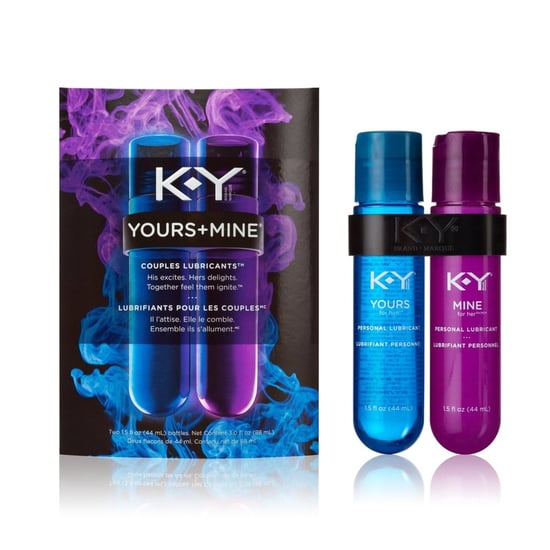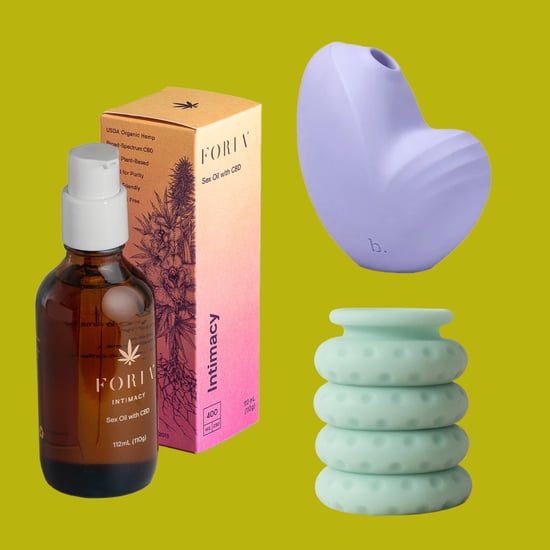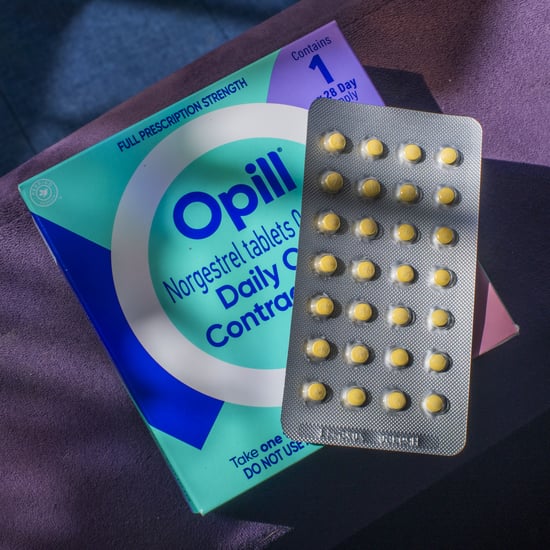The Differences Between Oil, Water, and Silicone-Based Lubricants
Lubricants: Oil, Water, and Silicone Based

Having sex doesn't always feel as amazing as we think it should, and that's where lubricants come in handy. A few drops on either partner will make things glide along smoothly when the woman isn't creating enough of her own natural juices. There are so many different kinds to choose from and since I've already told you about glycerin and the ingredients in many lubricants that can cause yeast infections, why don't I now tell you about the differences between ones that are oil, water, and silicone based?
Here's the breakdown:
| Oil Based | Water Based | Silicone Based | |
| Types and Brands | Vaseline, mineral oil, baby oil, vegetable oil, cold creams, lotions | Astroglide, KY Jelly, Probe, Wet, Liquid Silk | Eros, Wet Platinum, ID Millennium |
| Should be used with what type of condom |
Polyurethane | Polyurethane or Latex | Polyurethane or Latex |
| Use with sex toys |
Can be used with any toys except those made out of latex. | Can be used with toys made out of any material. | Never use with a toy made out of silicone (it'll break down the material). |
| Cool Facts | It beads up when in contact with water. | Instead of applying more of this lube, you can reinvigorate it by adding a little water to you or your partner's parts. | Since it doesn't break down in water, some people like to use this kind of lube when being intimate in the bath or shower. |
| Cleanup | Washes off with soap and water. | Rinses off easily with water. | Washes off with soap and water. |
Advice: I'd stick with a water-based lubricant. It's the cheapest to buy, easiest to find (you can get it at most pharmacies and grocery stores), it can be used with all types of condoms, and it washes off easily from skin and fabric.
— Additional reporting by Alexis Nordby







